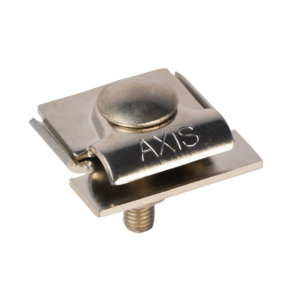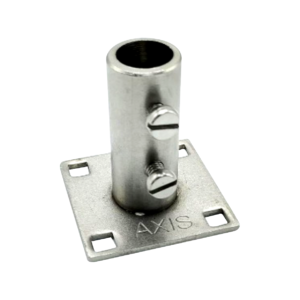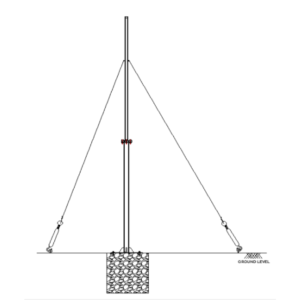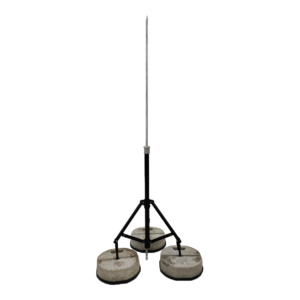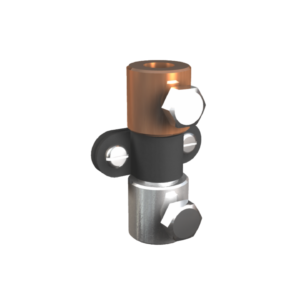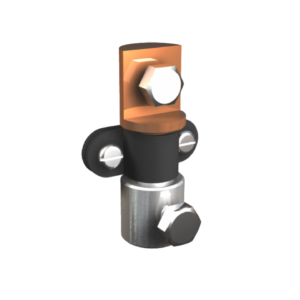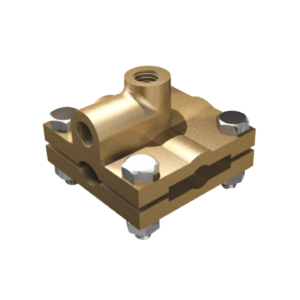Showing 1–16 of 29 results
-

Air Rod to Conductor Connectors
Select options -

Air Terminal Base – Self Supporting
Select options -

Air Termination with Mast
Select options -

Air Termination with Tripod
Select options -

Aluminium Air Rod Round Headed – Unthreaded
Select options -

Aluminium Air Rod With Round Tip – Crimped Type
Select options -

Bi-metallic Connector Conductor To Conductor
Select options -

Bi-metallic Connector Tape To Conductor
Select options -

Copper Air Rods
Select options -

Copper Bonded Elevation Rod
Select options -

Copper Bonded Elevation Rod – 250 microns
Select options -

Elevation Rod
Select options -

Flat Round Washer
Select options -

Hexagon Head Set Screw
Select options -

Hexagon Nut
Select options -

Multiple Function Air Terminal Base
Select options

